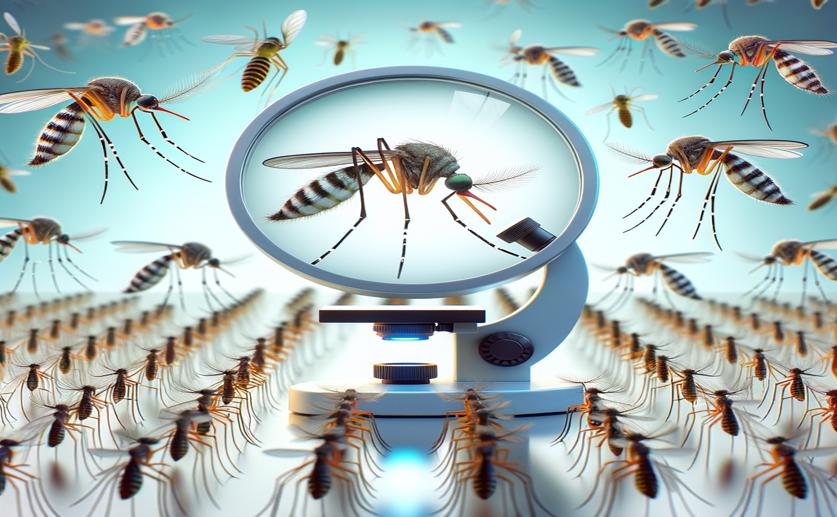
CRISPR Gene Editing Shows Diversity in Mosquito Populations
Greg Howard
18th July, 2024

Image Source: Natural Science News, 2024
Key Findings
- The study analyzed mosquito genomes from different continents to identify optimal CRISPR target sites for genetic control
- Researchers found significant differences in DNA sequence diversity between mosquito populations from North America and Africa
- The study identified new CRISPR target sites in sex-determination genes, which could help reduce the number of disease-transmitting female mosquitoes
References
Main Study
1) CRISPR-Cas9 and Cas12a target site richness reflects genomic diversity in natural populations of Anopheles gambiae and Aedes aegypti mosquitoes
Published 17th July, 2024
https://doi.org/10.1186/s12864-024-10597-4
Related Studies
2) Highly efficient Cas9-mediated gene drive for population modification of the malaria vector mosquito Anopheles stephensi.
3) Efficient population modification gene-drive rescue system in the malaria mosquito Anopheles stephensi.
4) Next-generation gene drive for population modification of the malaria vector mosquito, Anopheles gambiae.



 21st June, 2024 | Jenn Hoskins
21st June, 2024 | Jenn Hoskins